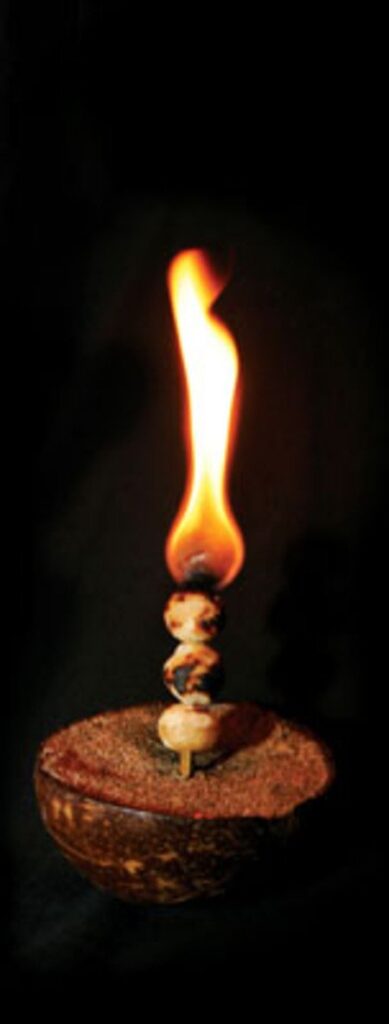April Fools’ Day, also called All Fools’ Day, in most countries is the first day of April. It received its name from the custom of playing practical jokes on this day.
Although the day has been observed for centuries, its true origins are unknown and effectively unknowable. It resembles festivals such as the Hilaria of ancient Rome, held on March 25, and the Holi celebration in India, which ends on March 31.
Some historians speculate that April Fools’ Day dates back to 1582, when France switched from the Julian calendar to the Gregorian calendar, as called for by the Council of Trent in 1563.
Because Easter was a lunar and therefore moveable date, those who clung to the old ways were the “April Fools.” Others have suggested that the timing of the day may be related to the vernal equinox (March 21), a time when people are fooled by sudden changes in the weather. (Britannica)
These pranks included having paper fish placed on their backs and being referred to as poisson d’avril (April fish), said to symbolize a young, “easily hooked” fish and a gullible person.
Fast forward to Hawai‘i … Herschel Leib Hohenstein, aka Hal Lewis, aka J Akuhead Pupule or Aku, was the morning air personality in 1965 at KGMB, an AM station in Honolulu.
Lewis was reported to be the world’s highest-paid disc jockey, bringing in $6,000 a week when he died of cancer in 1983 at age 66.
Back in the day, you were cautioned to not ‘bite’ at the antics of Aku on April 1st. No matter how sincere he sounded broadcasting that day, you needed to pause and reflect on the plausibility of the ‘news,’ whether it was traffic, weather or otherwise.
April 1, 1954 … Aku announced that the US Senate had not only approved Statehood for Hawaii but had also provided for an “immediate” refund of all 1953 Federal taxes to Island residents.
The announcement seemed plausible because a Hawaiian tax refund had been in the news recently when Congressman Joseph Farrington had suggested that islanders should be given a refund of all federal taxes if Hawaii wasn’t granted full statehood.
The news caused massive turmoil throughout Hawaii. Radio stations, newspapers, and the Internal Revenue Bureau were flooded with calls from people seeking more information. Many banks received calls from people who wanted to place orders for stock and bond purchases with their forthcoming refund.
The uproar was so intense that the Associated Press had to officially set the record straight, calling it “the greatest commotion in Hawaii since the Pearl Harbor attack.” The general manager of the radio station publicly apologized, going on to say that DJ Hal Lewis was fired.
Honolulans, proving they could take a joke, flooded the radio station with calls to protest the firing, only to find out later in the day that the firing and the “general manager” were all part of the joke too! (Sharon Lathan)
April 1, 1983 … the last Aku pulled; hundreds turned out to watch, with beach chairs and coolers, as Aku told them that the ‘Easter Parade’ with Magnum, PI star Tom Selleck, Gov. George Ariyoshi and many Easter Bunnies walked down Ala Moana Boulevard, turn right on Kalakaua Avenue and made their way to Kapiolani Park.
Aku played recordings of marching bands, and reporters described the floats and procession. Those lining and waiting on the street saw nothing but cars passing by. (Sigall)
Lewis died on July 21, 1983, in his Wai‘alae Iki home at the age of 66 just little more than a month after being diagnosed with lung cancer.
Lewis’ substitute host, Larry Price, took over the morning drive with Michael W Perry and, like Lewis, the duo dominated the morning drive time for the next 33 years until Price retired in 2016.
Of course not a joke, on April 1, 1946 an 8.6-magnitude earthquake off the Aleutian Islands triggered a tsunami. Alaska and California were also hit with tsunami waves. (A 100-foot wave crushed a small Alaskan village, killing all five inhabitants.)
The most destructive tsunami in Hawai‘i’s modern history barreled onto island shorelines. Waves topped 50 feet. The wave that hit Hilo was at least three stories tall. And at Laupāhoehoe, a schoolhouse was hit with tsunami waves. The teacher and 25 students were killed.
By the time the waves had receded, 159 people were dead, homes, businesses and roads were destroyed, and there was a new appreciation for the sheer destructive force of tsunamis.























